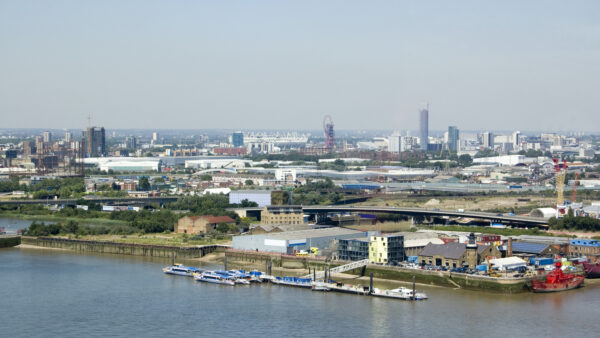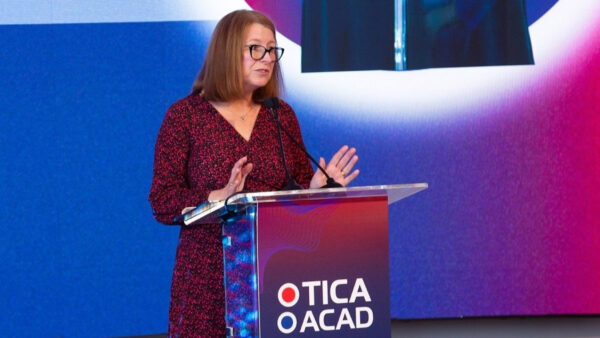
The Arcadis health and safety team recently visited Hilti’s Training & Testing Centre to examine how power tool technology advances have reduced dust and other occupational health risks for the construction site worker. Steve Coppin, associate technical director at Arcadis, explains.
In May, Construction Manager ran a round table discussion where a panel of leading industry experts looked at the impact new technology and innovation has, and will have, on health and safety practices.
Control of dust and minimisation of vibration led the discussions. As was explained by Matias Järnefelt, head of Hilti Northern Europe and general manager, Hilti Great Britain, along with Catherine Gibson, tool hire managing director, Travis Perkins, new technology has a major role to play. With this in mind, the Arcadis health and safety and CDM team took a trip to Hilti’s Training & Testing Centre in Manchester to see how power tool technology has advanced in recent years.
The results were eye opening. Mark Fort, Hilti’s tool hire data analyst manager, explained how stringent improvements and rigorous testing had reduced the occupational health risks of power tools, while increasing durability and productivity.
“The next steps are to make clients, designers and particularly their supply chains aware of such equipment and the massive benefits of reducing risks of dust and other occupational risks to the site workforce.”
Steve Coppin
For example, with chemical anchors, traditionally the hole is drilled, creating significant dust, which has to be thoroughly cleaned so the fixing can hold the applied load. This is done by brush and blow-out pump, three times per hole, creating even more dust – which is blown into the face of the operative. In contrast, the Hilti TE 60 Rotary hammer, with a hollow drill bit and VC40 dust extractor, not only minimises dust, it also means the hole doesn’t have to be cleaned.
Overhead fixing from ground level is another high-risk activity, usually requiring an access platform to reach the ceiling to mark, drill and fix. This means dust falling from above onto the operative, plus risk from HAVS and working at height.
Instead, we marked out the fixing positions on the floor. We then placed a Hilti PM 2-P Point laser on each marking in turn, to project a dot onto the ceiling where the fixing was to be installed. Each fixing was attached from the floor with a BX 3 battery-actuated tool on a Hilti Pole tool, which is quick as well as removing dust and HAVS risks completely from the task.
The team was also educated on how to reduce the risk of silica dust at source, and shown solutions to minimise hand arm vibration, manual handling, noise and falls from height.
Further benefits include increased durability of the tools, improved productivity and work tasks completed far more quickly.
Just as important is embracing mobile technology. Hilti Connect is a tool management app which uses near field communication (NFC) technology to provide instant access to data, including tool type, serial number, ownership, warranty, service and repair schedules and how-to videos.
So what does this all mean? Following the principles of prevention, where we are unable to eliminate the hazard and associated foreseeable risks within the design, clients, principal designers and designers can help inform principal contractors and contractors to plan, prepare, manage and coordinate the right controls when procuring and using power tools.
The next steps are to make clients, designers and particularly their supply chains aware of such equipment and the massive benefits of reducing risks of dust and other occupational risks to the site workforce.
Hilti has gone through vigorous processes to improve their power tools, which are not only more robust and productive, but also safer – reducing dust and other occupational health risks to the workers.
Join in the debate on Twitter at #constructthefuture
Comments
Comments are closed.









Safety is the biggest challenge specially when the project is huge and hundreds of workers are performing their tasks on daily basis. It is true that technology can help reduce the risks and every builder should adopt these systems.